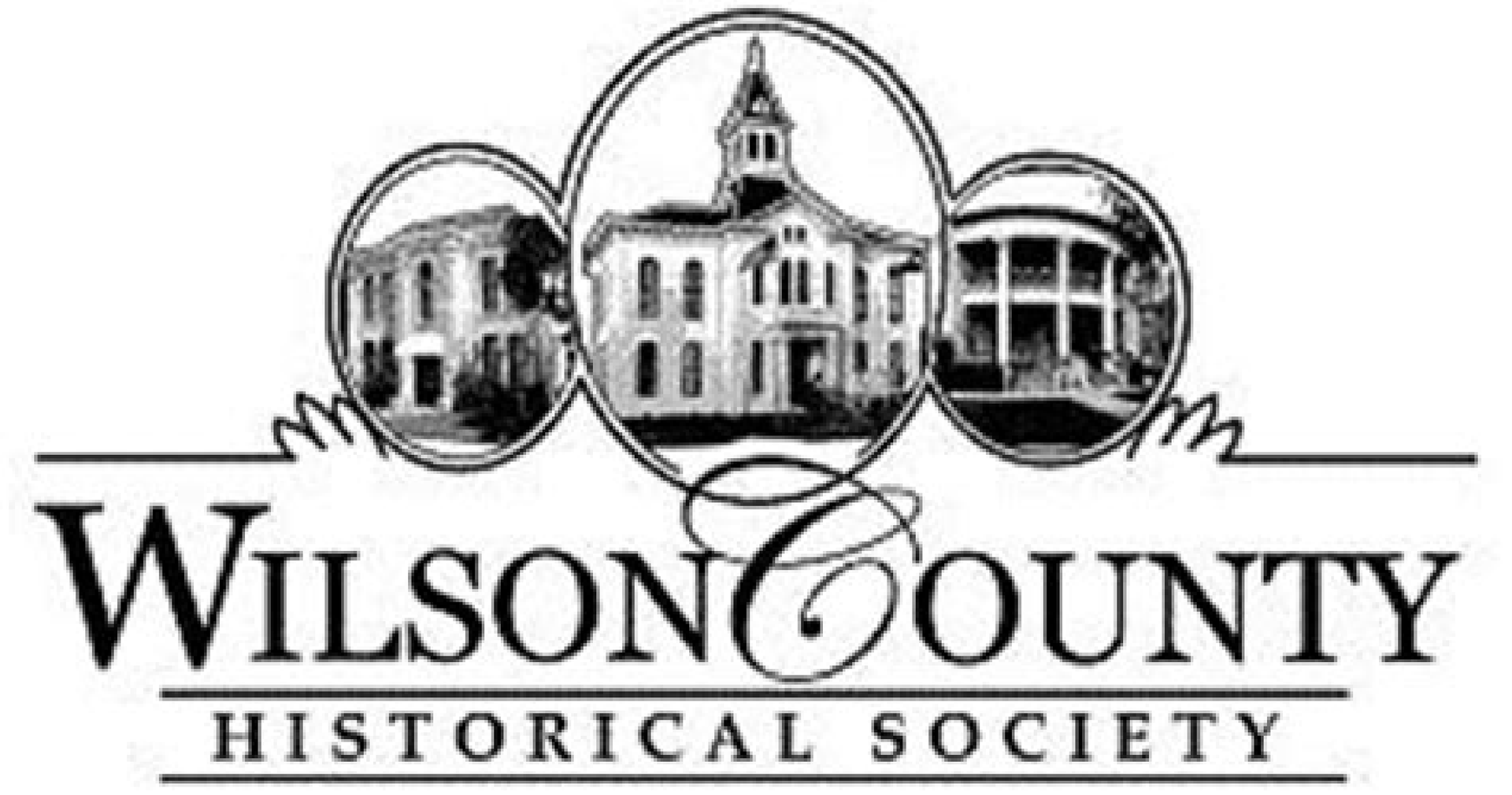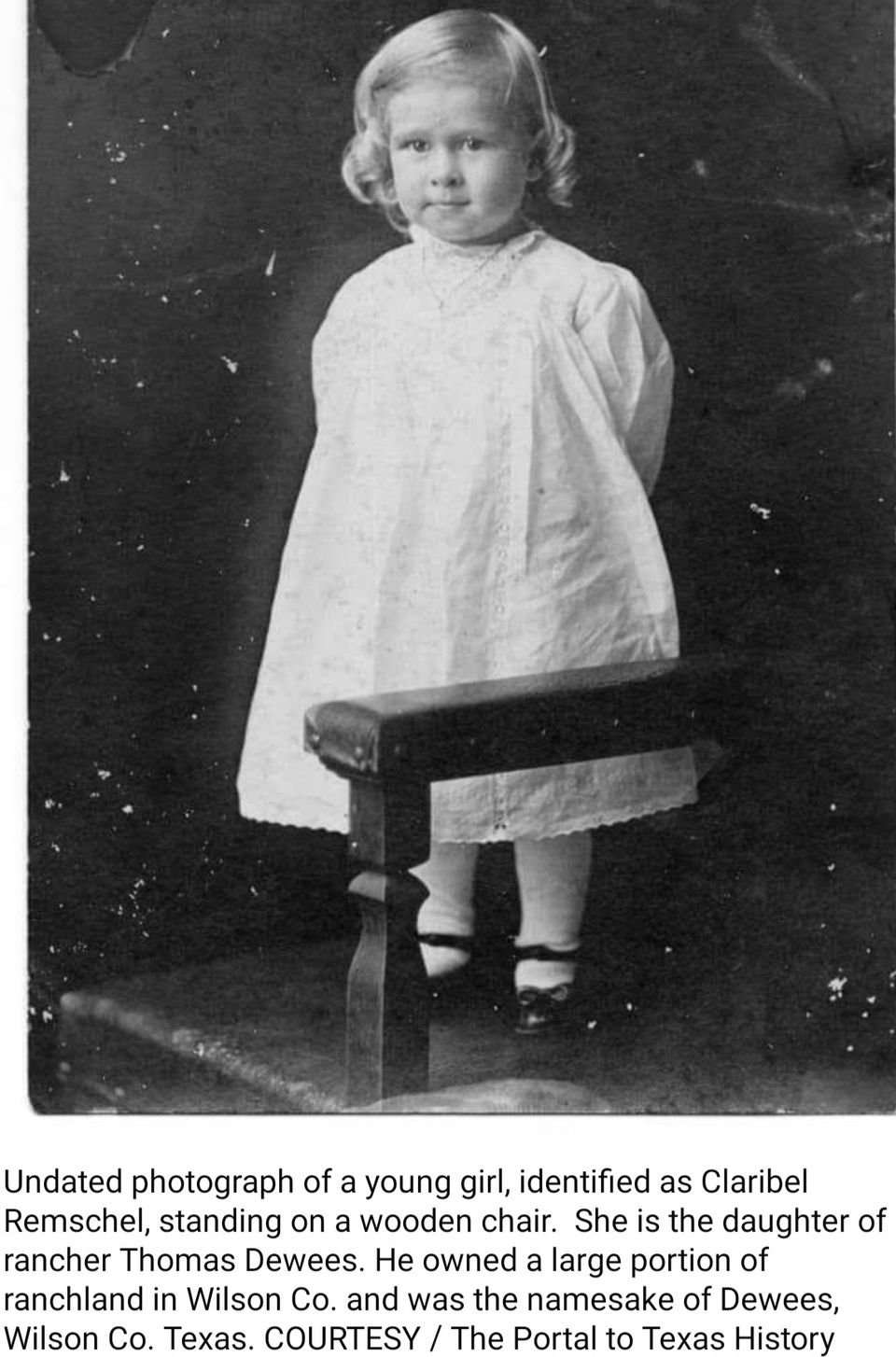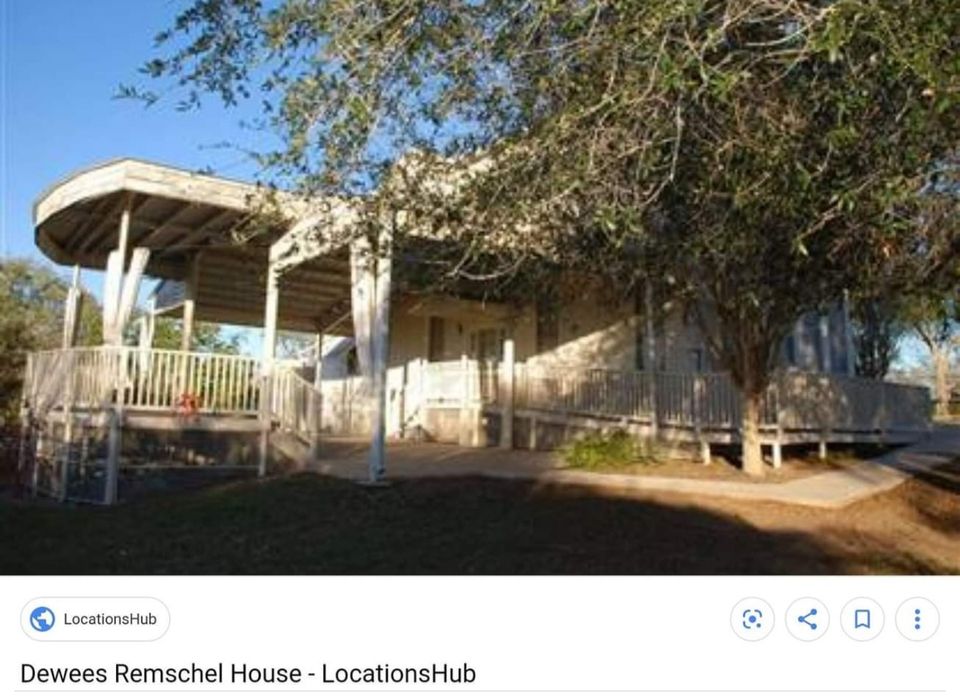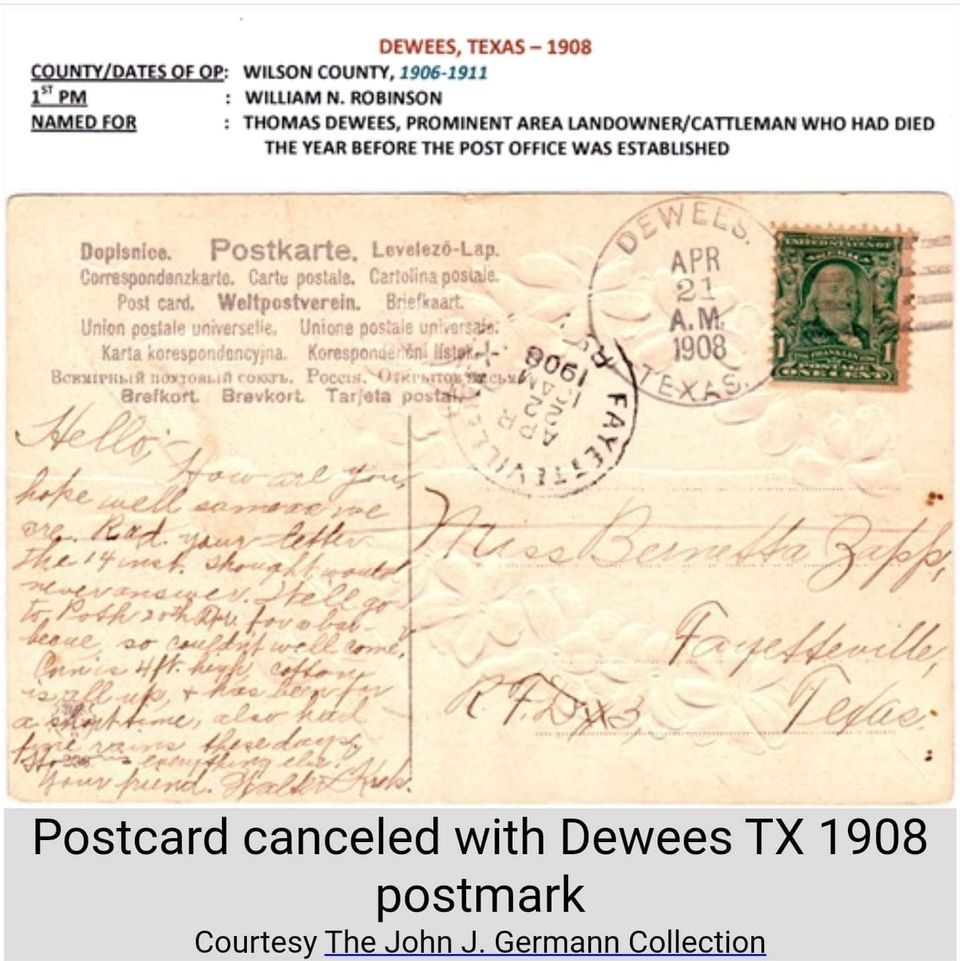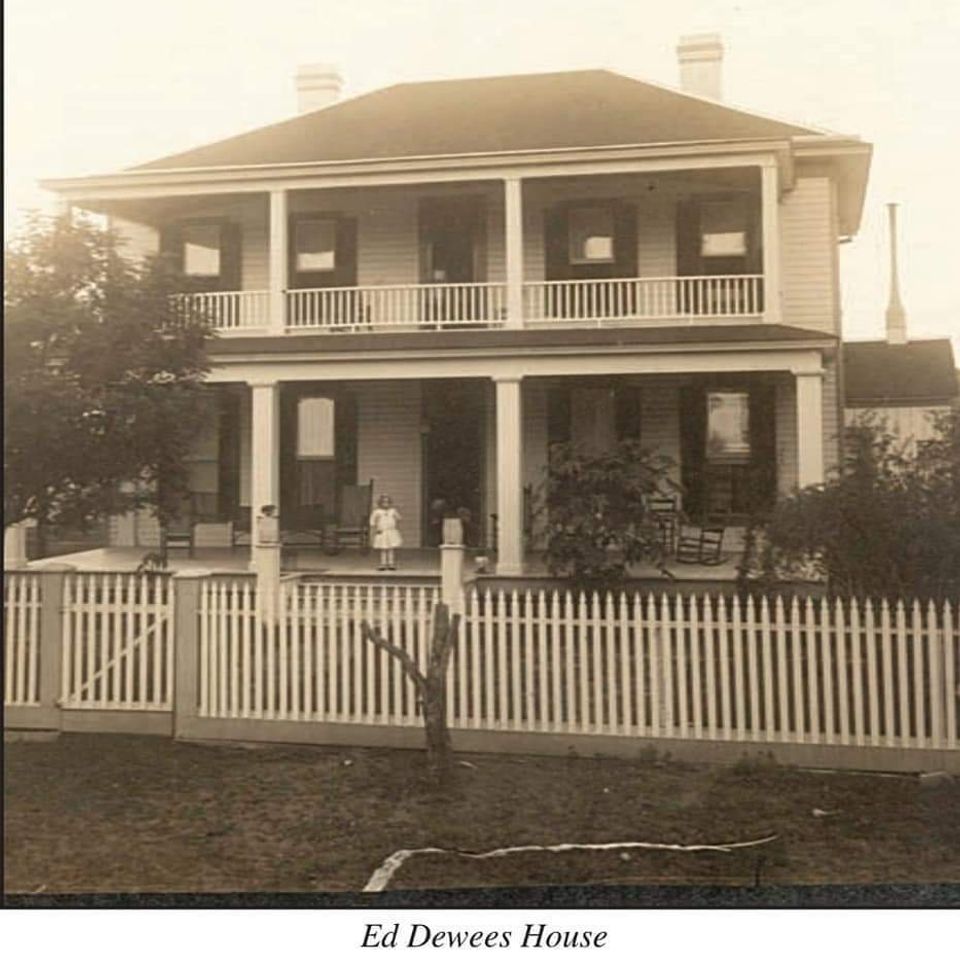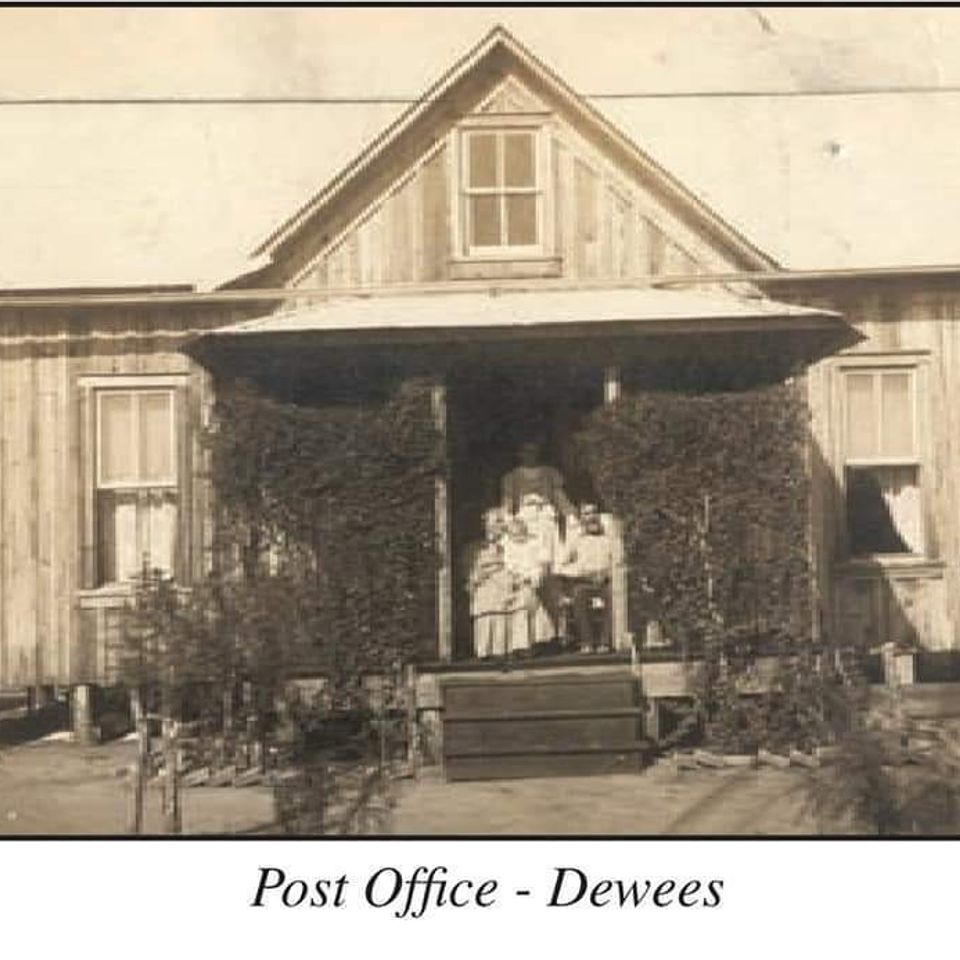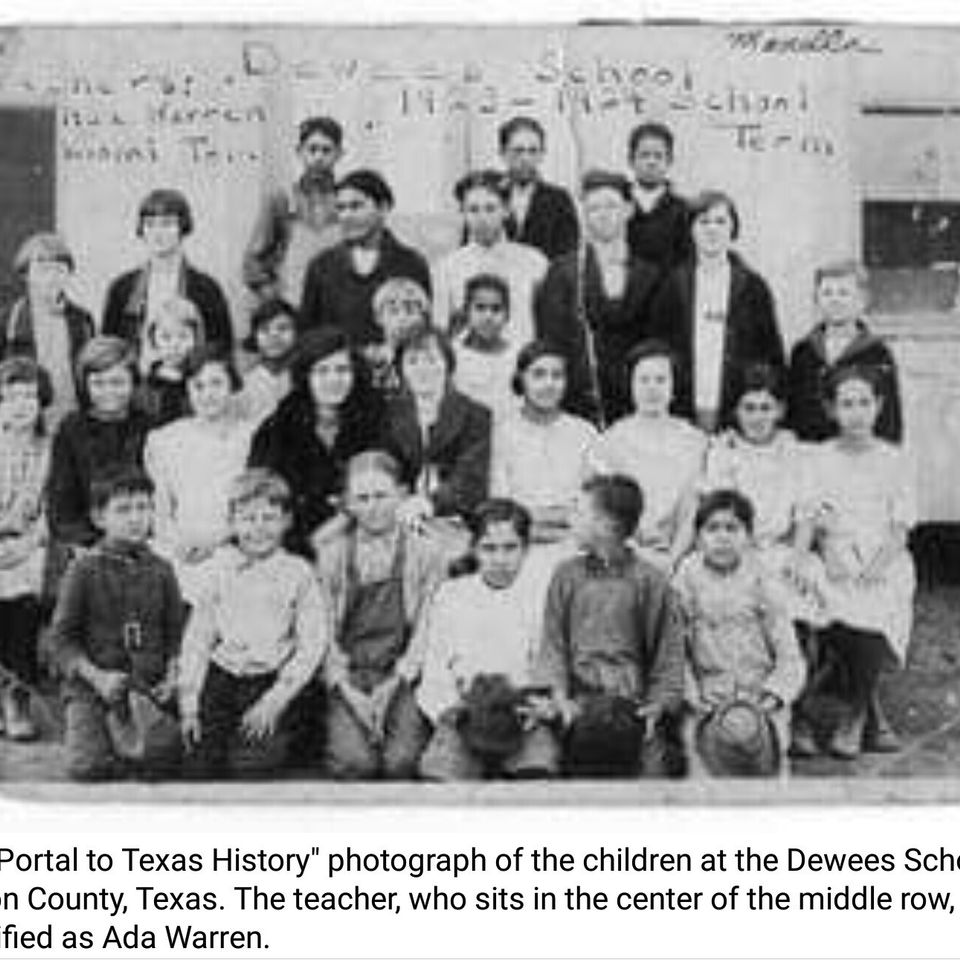by Barbara J. Wood

A Drive From Texas to North Dakota
From J. Marvin Hunter's Frontier Times Magazine, April, 1926]
Written for Frontier Times by Samuel Dunn Houston, San Antonio Texas 1926
I will write of a trip that I made up the old cow trail to the far Northwest in 1876, just fifty years ago, with Mack Stewart as foreman.
On the 10th of March, 1876, all of the men who were to go with the Ellison & Dewees cattle up the trail were at the Ellison ranch the day before we were to start. There were eight outfits, with eleven men to each wagon. The foremen were Mack Stewart, Monroe Hordeman, Tom Osborn, Giles Fenner, Little Jim Ellison, Coleman James, Bill Green and Bellport. Each man had six horses to his mount, and there were two yoke of oxen to the wagon. On the 10th we headed southwest to receive our herds, going by way of Seguin and Floresville, crossing the San Antonio river just above Floresville at the Lodi Crossing, and headed for the Tom Dewees pasture, fifteen miles below on the south side of the river. We reached this pasture on the 16th of March and remained there in camp for two days waiting for R. G. (Dick) Head. When he arrived he sent Coleman, Janus and Bellport on to the old Rainbow Ranch to get two herds down there. The other six outfits got their herds out of the Dewees pasture. On the 19th we made our first round-up. We made a sweepstake drive and gathered five thousand steers. I thought they were the biggest steers I ever saw in my life. They had the longest horns I ever saw on cattle. After rounding up and when the cattle became quiet, we strung them out up the fence and Mack Stewart and Dick Head counted off twenty-five hundred head, then threw the others back. Dick said to Mack: "This is your herd; tear down the fence and let them outside." The balance of the roundup was held inside by the other outfits. After putting the herd through the fence we had to hold then all night, and they were quiet . Mack Stewart had a good bunch of cowboys in his outfit. Captain Smith and Mat Coates were Seguin boys, Tull Roebuck, George and Edgar Adams were from Luling, while I was from Lockhart. The next morning Dick Head came to our camp and counted our herd ever to see if we had our number. The count was right, twenty-five hundred head, and we were ready to move west. That was on March 21st. Mr. Head told Mack Stewart that Little Jim Ellison's herd would follow him up and we were to, take the Devil's River. We then headed for San Antonio. Nothing of interest happened route from there to San Antonio, only Little Jim was delayed in getting started from the pasture. 'We had a very brushy drive, and arrived at San Antonio on March 27th, and camped near Mitchell's Lake several miles south of town, and nooned on the 28th on the river just below town, near where the old fair grounds were once located. We grazed the herd up the Alazan Creek while Mack took the chuck wagon through town to get our supplies for the trip. There wasn't a house to be seen on the Alazan Creek. We camped that night on Prospect Hill, about three miles from town. The steers were very thin and we had had no trouble with them up to that time. That night Mack doubled the guards and let half of the boys go to town to have a good time. The other half were allowed to go to town the next morning.
We grazed the herd out that morning, the 29th, to where the Lady of the Lake is now located, where we nooned. The boys returned to camp from town just at noon, and when they rode up they began "showing off." and Joe Smith, of Lockhart was bruised up considerably when his horse fell with him. He had to ride in the mess wagon for a couple of days.
We took the old Spanish Trail and moved on. Our next water was at Leon Springs, and from there to the head of the Guadalupe river we had a rough country. We passed Charlie Schreiner's log cabin on the 6th of April, and bought all of the tobacco he had in his little store. That was the size of Kerrville then. We still had a lot of rough country ahead of us from there until we crossed the Divide. On April 13th it began to rain, and as our cattle were becoming very sore-footed, we headed for Little Devil 's River, almost due west. There was water everywhere. We grazed the herd almost two days and reached Little Devil's River on the 17th, then we felt better, but we did not go into the river for two or three days as the river was on a rise and we could get plenty of water in the breaks. On the 21st we fell in on the river for water. That was some job, getting in and out of that river. When we got back out,
Mack Stewart said: "Dick Head was never in this country I know. If he had been here he never would have sent its this route." We watered live times on that stream, and it would take us a half day to get in and out. The boss said one morning, "boys we will head due north and strike the South Concho." So we strung the herd off the bed ground and made a good day's drive. On the 27th of April we reached the South Concho and lay over on the 28th, while Mack rode all day and picked out our route. From that time on we had it easy. Our next water was the North Concha, and by the time we reached there our cattle were mending right along. We passed Fort Concho, and that night we camped twenty miles above the fort. That night the Indians got between our wagon and our horses and ran them off, leaving only the horses we had on the stake. Mack Stewart sent Joe Smith and myself back to Fort Concho for help. We got back to camp with the soldiers about sunrise the next morning. Mack Stewart, Mat Coates, Cap Smith and Joe Smith went with the soldiers to follow the Indians, leaving the rest of us with the herd. On the eighth day they returned with the stolen horses, having overtaken the Indians on the Canadian river, killed three of them arid recaptured the horses. While they were absent we who had stayed with the herd had to lead our horses and herd afoot so we could ride around the herd at night. Mack Stewart had picked out the route for the herd as he was coming back, so we had nothing to fear and only to guard against the Indians. After they returned with the horses we made a day 's drive, found plenty of grass, and had to lay over one more day because the boss was dissatisfied with the route and thought we were going too far west. Next morning Mack left camp at daylight to make another run for water and grass. He rode all day and returned to camp at 10 o'clock p. m., reporting that he had found an old trail that he believed went out by Mobeetie. So that was our route. We left Mobeetie to our left, and had plenty of grass and water. We passed Mobeetie on the 12th day of May, still on a plain trail, and when we reached the Canadian river it was in a big rise. We made a raft of logs, took the chuck wagon over, then threw the herd in and went right across. Our next river was old Red River, which we crossed without much trouble. From there we went up Sweetwater, through the old Ikard range, passed Ikard's ranch, and there hired two half-breed Indians as guides to go as far as Dodge City with us. We then had plenty of help untli we reached Dodge City. On the Fourth of July, when we had just crossed the Arkansas River, we met John T. Lytle, R. G . Head and D. R. Flint. They were sitting in a hack on the north side of the river waiting to see the old Texas herd. I was left-hand pointer, and I rode up to the hack and shook hands with the big bosses, and Dick head said: " Sam, the odd steers look fine, don't they? They are almost ready for market now. How is your loss'? " I said, "I don't know, but I don't think we are out many cattle. We had a fine trip and plenty of grass and water." About that time my bedmate, Tull Roebuck rode up and shook hands with them and Dick said to him: "Kid, you need a shave." 'Then the bosses began to pass out cigars and candy to us, and Mr. Lytle said to me, "Sam, your cattle are better than mine. " That made us boys feel good, and we were mighty proud of the old herd then. Mack Stewart came up and told Tull and I to drift the lead cattle over towards Duck Creek, and we went off puffing our cigars. Tull Roebuck was the best trail hand I was ever on the trail with. He and his partner went on guard at 12 o'clock at night. I and my partner went on guard at 10 o'clock and came off at 12. It was my duty to wake the third guard, and I must say I never had to awaken Tull Roebuck. When I Came into camp and got off my horse, Tull was always up and pulling on his boots or out ready to mount his horse. I think he must have slept with one eye open all of the time. And he was always the first one to the herd in time of danger or stampede, was always quick in his actions, and never said, "I can't go."
There were only three herds in sight of Dodge City when we reached there. Our herd was the first to cross the Arkansas River at Dodge in 1876. The other herds were all on this side of the river. One herd belonged to John T. Lytle, one to D. R. Fant, and the other herd belonged to C. C. Slaughter of near Fort Worth. It was Slaughter's trail which we found above Mobeetie. We filled our grub wagon and that evening struck camp on Duck Creek. The next morning Dick Head and Capt. Lytle came out to our camp and took dinner with us. They brought more candy and cigars, and after dinner Mr. Head gave Mack Stewart his orders where to go with the old steers. He said: "Mack, you will have to blaze the trail from here to Ogalalla, Nebraska. It is only three hundred miles—just over the hill—fifty miles above Platte City, and about north west from here." Dick knew Mack was a good old scout, and that he would take those steers through all right. We stayed in camp that evening, and early the next morning Mack got on his best horse and gave us orders, saying: "Now boys, don't let the herd graze. String them off the bed, ground, and follow me" and and went off in a lope. Joe Smith and I pointed the herd in the direction we saw him go. About 9 o'clock, the cattle wanted to graze, so we held up the lead cattle, and by 10 o'clock we looked ahead and saw Mack ahead of us on a high hill waving his hat. The herd was then about four miles long. He signaled us to hold them up, and we rode in front of the leaders and everything went to grazing as they came up. We made from twenty-five to thirty miles a day from Dodge City, Kansas, to Ogalalla, Nebraska, with fine grass and plenty of water all the way. Mack Stewart could make better time with a herd of cattle than any man I was ever with. He always had everything in the saddle and strung his herd from the bed ground. That was how he made such good time.
On the 6th of July we started our herd from the bed gronnd at daylight headed for the South Platte, and we came up on top of the hill overlooking Ogalalla on the morning of July 17th. We grazed down to the river and struck camp, and Mack crossed the river to learn if that town was Ogalalla. He did not see anyone there that he knew, and came back and said, "Yes, that is our town, Ogalalla, but Dick Head is not there, so we will rest up until he comes." We had it fine for a couple of days, and on the 19th, Mr. Head came down to the river and waved his white flag Mack went over to the city and when he returned to camp he said, "Boys, we are just half way. We are going to take this herd to Standing Reek Agency, North Dakota. "
The next morning we made preparations to put the herd across the South Platte river. It was almost a mile wide, and was the widest stream I had ever pointed a herd across, although it was not swimming, just about belly-deep. We went through town and headed for the North Platte river, ten miles further on. That was another sea of water. We camped that night in the valley on the North river. Now, I won't detail much of our trip from Ogalalia to the Standing Rock Agency. We did not cross the North Platte until we reached Fort Laramie. We had a fine drive until we crossed the river. On the whole trip from Texas all of the way we had only two or three stampedes, which is remarkable. I have never gone on the trail that we did not have a run every few nights, and sometimes every night, and I have made twenty-five or thirty trips up the trail but this was an exceptional drive.
On July 28th we camped near the Court House Rock. Tull Roebuck rode up to me and said, "Sam, there is no end to this trail. I guess we are headed for the North Pole." We reached Laramie Crossing on the 10th of August, and from there on we had a hard drive, a crooked trail, deep canyon, and long drives for water until we struck the Missouri River. We reached the liver on August 21st, and had to raft our wagon over. Then we had to make a forty mile drive to the next. bend of the river for water. After that we had water every day from there to the Agency, where we arrived on September 8th. That was a long drive. On the 14th we counted the Texas steers over to C. D, Woolworth and his boss. They got the chuck wagon and what grub we had. We remained there two days, washing our duds, shaving up and getting ready to start back to Texas. The ranch boss sent us to the U P depot headed back to Ogalalla. On the 21st we arrived on the South Platte, got our pay checks, and hit the railroad for Texas. We reached Lockhart, our starting point, on October 16th, and when we arrived there Tull Roebuck said, "Sam, we are once more on our old bed-ground."
That has been fifty years ago. I am now the only man living who made that trip. Even our old black cook is dead. This was copied from one of the diaries I kept on my trips in those days of long ago.
